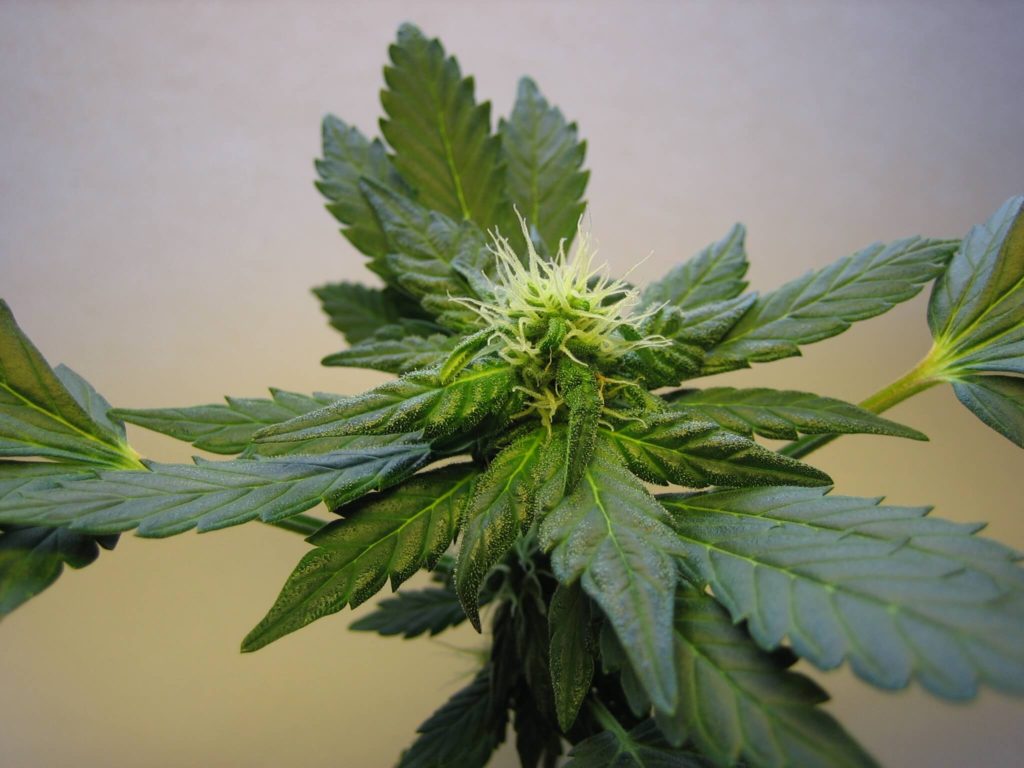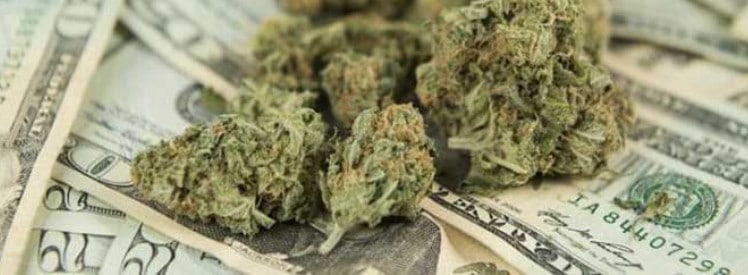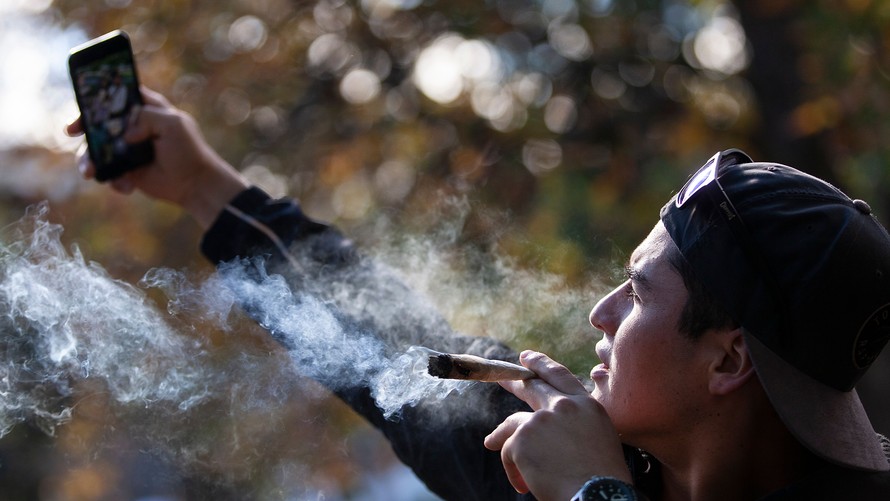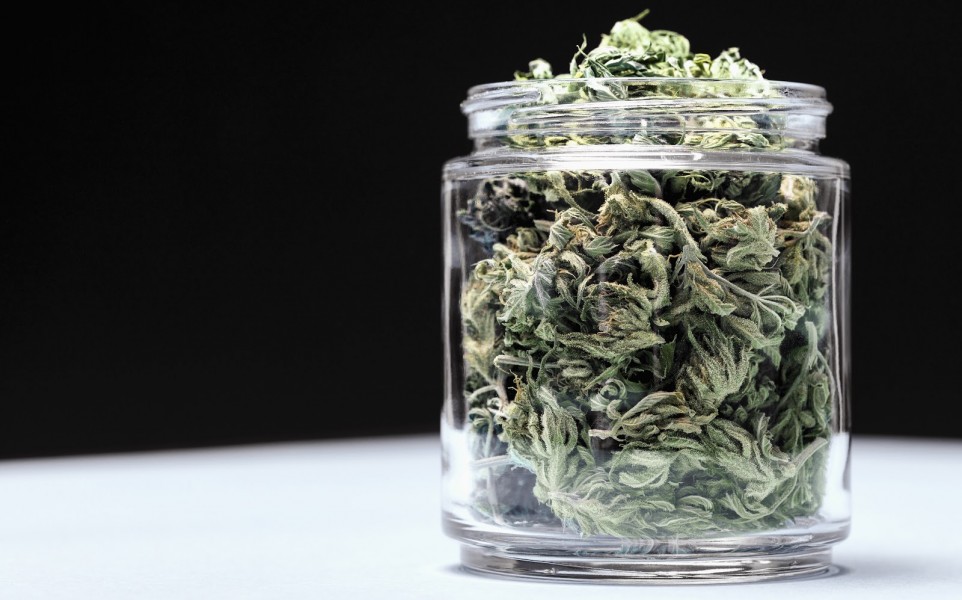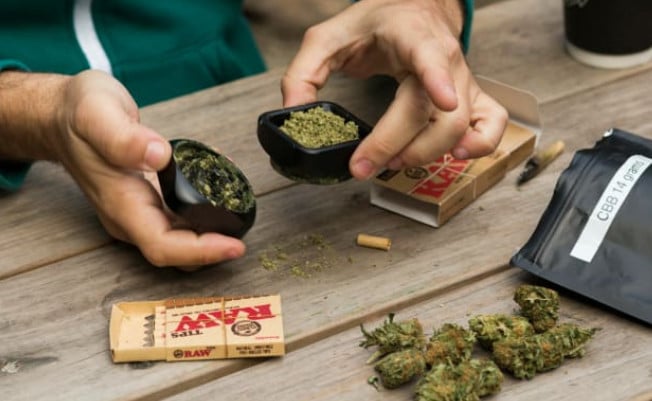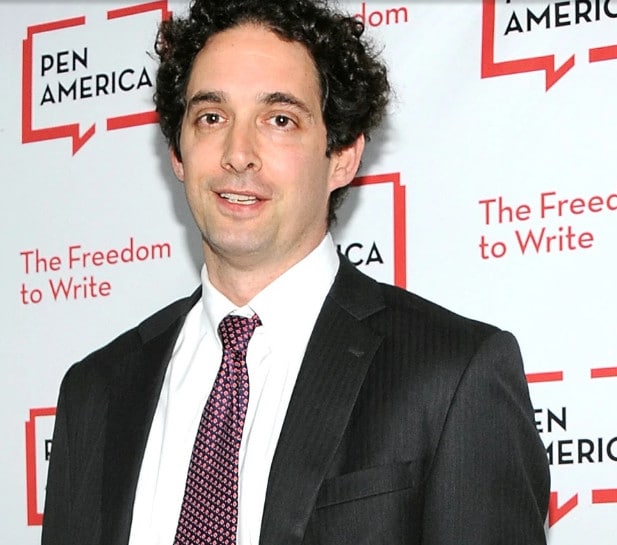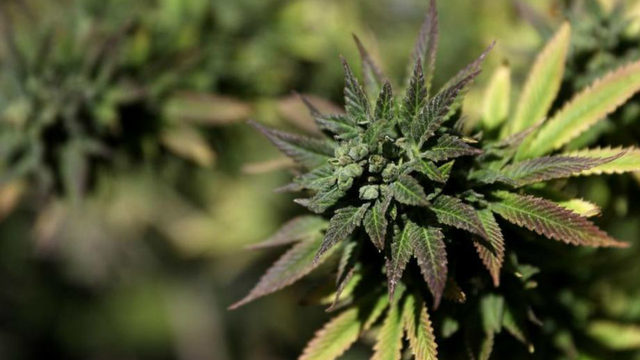With all of the talk about medical marijuana and legalization, far less attention has been paid to its relatively safe, available, and therapeutic ingredient, cannabidiol (CBD). While marijuana can help sleep, anxiety, and pain, most of these benefits may come from CBD. For children and teens, people with a vulnerability to psychotic illness and anxiety disorders, and for some people who become addicted, marijuana can be poison. (See my previous articles,bit.ly/silbersteindevelopingbrain and bit.ly/consequencesmedmarijuana). But not so for CBD.
Cannabis, or marijuana, is a plant that contains over 400 chemicals that combine to create its various effects. Perhaps as many as 100 or more of these chemicals are cannabinoids — that is, chemicals that affect receptors made by our own brains, called endocannabinoids. Some of marijuana’s chemicals help anxiety, while others induce anxiety and paranoia; some induce psychosis, others are antipsychotic; some are stimulants (similar to medications like Adderall), yet others are sedating and induce foggy-headedness; some increase motivation, some cause apathy; some induce happiness, while others induce indifference. Different strains of marijuana have more of one chemical or another, but all strains have a multitude of chemicals that produce its effects.
I spoke with L. Cinnamon Bidwell, Ph.D., a research scientist at the University of Colorado, Boulder, who has dedicated her life’s work to studying cannabis. According to Dr. Bidwell, studies of the “medical effects” of marijuana are very limited — partly because the federal government doesn’t fund them and regards cannabis as an illegal substance, and partly because marijuana is a complicated substance that has hundreds of ingredients and a variety of strains. And there are literally no studies of the high-potency products now commercially available. Dr. Bidwell adds that “the abuse potential for cannabis is well documented.”
According to Tony P. George, M.D., director of the division of brain and therapeutics department at the University of Toronto, there is no strong evidence from research that marijuana is an effective treatment for any psychiatric illness, and the only strong evidence for its use in other areas of medicine is in the treatment of neuropathic pain and multiple sclerosis–induced spasticity.
But just because a thing isn’t well enough studied doesn’t mean that it doesn’t work. People tell me all the time that marijuana helps their anxiety, sleep, and pain. Oddly, though, many people who are heavy marijuana users have terrible sleep and high anxiety, which are two of the major symptoms of marijuana withdrawal. Are these heavy users actually treating marijuana withdrawal with more marijuana? Or maybe some of the chemicals in marijuana are calming them and relaxing them, while others are stirring them up.
According to the lay press, there are two main strains of cannabis. Sativa is reportedly uplifting and energizing, and creates more of a euphoric high. Indica is more calming and sleep-inducing, and is better at helping pain. Two prominent and potent cannabinoids are tetrahydrocannabinol (THC) and cannabidiol (CBD). The predominant cannabinoid in Sativa is THC. Indica has a mix with moderate levels of THC and higher levels of CBD. (Dr. Bidwell notes that the names of these strains are commercial and marketing terms, not scientific names.)
Almost all of the people I have seen who have had new-onset psychotic disorders like schizophrenia have had their first breaks after heavy use of marijuana.There is strong evidence that marijuana increases the risk of schizophrenia and destabilizes bipolar disorder. However, while THC can cause psychosis, it appears that CBD is actually antipsychotic. CBD doesn’t cause euphoria, induce a high, or cause a physical dependence. There is evidence that it reduces the risk of seizures, has an anti-inflammatory effect, and reduces spasms. CBD decreases inflammation and nausea, and there is evidence that it has neuroprotective properties. For these reasons, there may be a place for it in the treatment of a variety of syndromes, including dementia and schizophrenia. It may help conditions as diverse as acne, fibromyalgia, and diabetes. Unlike THC, it doesn’t increase blood pressure or pulse, or disturb balance and coordination. Here is one excellent 2017 article that reviews the research on CBD to date: bit.ly/sideeffectscannaabidiol.
While proof from large, high-quality studies is lacking for most uses, pure CBD produced by the pharmaceutical company GW Pharmaceuticals will likely be FDA-approved in the next three years due to excellent data regarding its positive use in treating pediatric seizure disorders. It will be very expensive, though. Meanwhile, CBD made from the hemp plant, that contains other compounds as well, is widely available over the counter. After taking a high-potency CBD preparation for several months, a friend of mine who has struggled with anxiety her entire life tells me that she feels more calm than she has felt “maybe ever.” Her sleep is dramatically improved, and her musculoskeletal pain is better. Curiously, when her husband tried it, it made him edgy and uncomfortable. (How and why neuropsychiatric medicines affect different people differently is a subject for another column.) At any rate, I have heard my friend’s description of CBD’s effects from others, as well.
One problem with CBD is that like many “nutraceutical” products, it varies in purity and reliability from brand to brand. There is no independent testing of various products, and the contents vary widely and sometimes have interactions with other medications. There is scant research on CBD’s effects on hormones. According to Dr. Bidwell, no one knows what the best dose is. The research just isn’t there. She pointed out, “There have been literally millions of studies of nicotine and tobacco, and the total number of studies of marijuana is in the five figures.” Studies of CBD may be in the hundreds, but as Dr. Bidwell points out, we just don’t know how much of its effect is a placebo effect. Nonetheless, there are many people who feel that the effect is real and helpful. Animal and human studies suggest that the risk is minimal.
One local source of CBD is Reindeer Bridge Holistics at 344 State Road in Vineyard Haven. Herbalist Kristin Henriksen has her own, relatively affordable preparations, grown in Germany, tested and prepared in California. She is knowledgeable and spends time talking and working with her clients. She sells various formulations of CBD — one a topical cream for musculoskeletal pain. She has seen CBD help people get off a variety of addicting substances. Colleagues of mine and I have seen CBD help our patients get off opiates, benzodiazepines such as Ativan, Xanax, a similar drug, Ambien, and even marijuana itself. There is research from animal and human models that supports the good effects of treating addiction with CBD. States where marijuana is legally available appear to have fewer deaths from opiate overdose.
Ms. Henriksen’s product is a full plant extract of the hemp plant. It doesn’t get you high, but it does contain 0.3% THC along with other substances found in the plant. She and others believe in something called the “entourage effect” — the notion that full plant extracts work better because they contain various chemicals that work in concert with one another. Dr. Bidwell explained that this is similar to the idea that you get more benefit from eating an apple than from taking a vitamin C supplement. CBD may block some of the adverse side effects and abuse potential of THC, and the combination may help pain more than either one alone. Yet Dr. Bidwell says that whether the entourage effect is relevant in the case of cannabis, where there are so many strains and psychoactive chemicals involved, is unclear. A fascinating article in Scientific American questions this notion: (http://bit.ly/entoourageeffect). CBD can also be found online and at Healthy Additions in Vineyard Haven. But remember, different brands have different contents and effects.
Reviewing the literature and searching the web, I am struck by how many claims are made about marijuana and CBD for which there is weak evidence at best. Many of the articles are written by people who are selling a product, which should always lead us to question their assertions. As a clinician, I have known many people whose lives have been damaged by marijuana, which influences my views. Nonetheless, occasionally I see individuals whose symptoms have clearly benefited from the use of medical marijuana. And I am seeing many people who appear to benefit from CBD with what appears to be minimal risk.
It may be wrong to recommend treatments when strong human research evidence is lacking. On the other hand, when there is suffering despite other approaches, and the risks are relatively low, sometimes the right thing to do is to try things for which the evidence is theoretical or anecdotal. If you are thinking about using “medical marijuana,” why not try CBD first? Though it is a component of marijuana, CBD lacks THC and other chemicals that can be toxic for so many people.
Dr. Charles Silberstein is board certified in general, addiction and geriatric psychiatry and is the psychiatrist at Martha’s Vineyard Hospital. He writes regularly about issues Islanders have with mental health.
Credit: mvtimes.com


